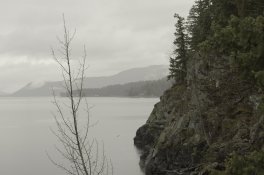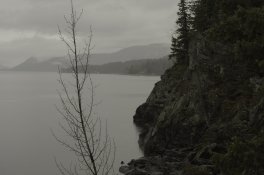Stuarrt
Member
Hi guys!
So, my aunt recently gave me her Canon AE-1 Program which she got for graduating university. I'm sure it had'nt been used for more than 20 years but everything "seemed" to work okay.
So I decided to take it out and give it a try. I was out of fresh developer so I decided to just take it to London Drugs ($8!). I noticed that the pictures were very grainy compared to pictures I've seen online. Almost as if theyre being underexposed. Could the light meter be reading wrong?
I was using Kodak gold 200, but like I said I've seen sample pictures from this camera using this film. Nothing is this grainy.
I've heard some people compare images taken with this camera to digital.
Any advice would be great!
Thanks in advance
So, my aunt recently gave me her Canon AE-1 Program which she got for graduating university. I'm sure it had'nt been used for more than 20 years but everything "seemed" to work okay.
So I decided to take it out and give it a try. I was out of fresh developer so I decided to just take it to London Drugs ($8!). I noticed that the pictures were very grainy compared to pictures I've seen online. Almost as if theyre being underexposed. Could the light meter be reading wrong?
I was using Kodak gold 200, but like I said I've seen sample pictures from this camera using this film. Nothing is this grainy.
I've heard some people compare images taken with this camera to digital.
Any advice would be great!
Thanks in advance










 Sadly, I don't usually read them due to me thinking and assuming I know how to do everything.
Sadly, I don't usually read them due to me thinking and assuming I know how to do everything.

